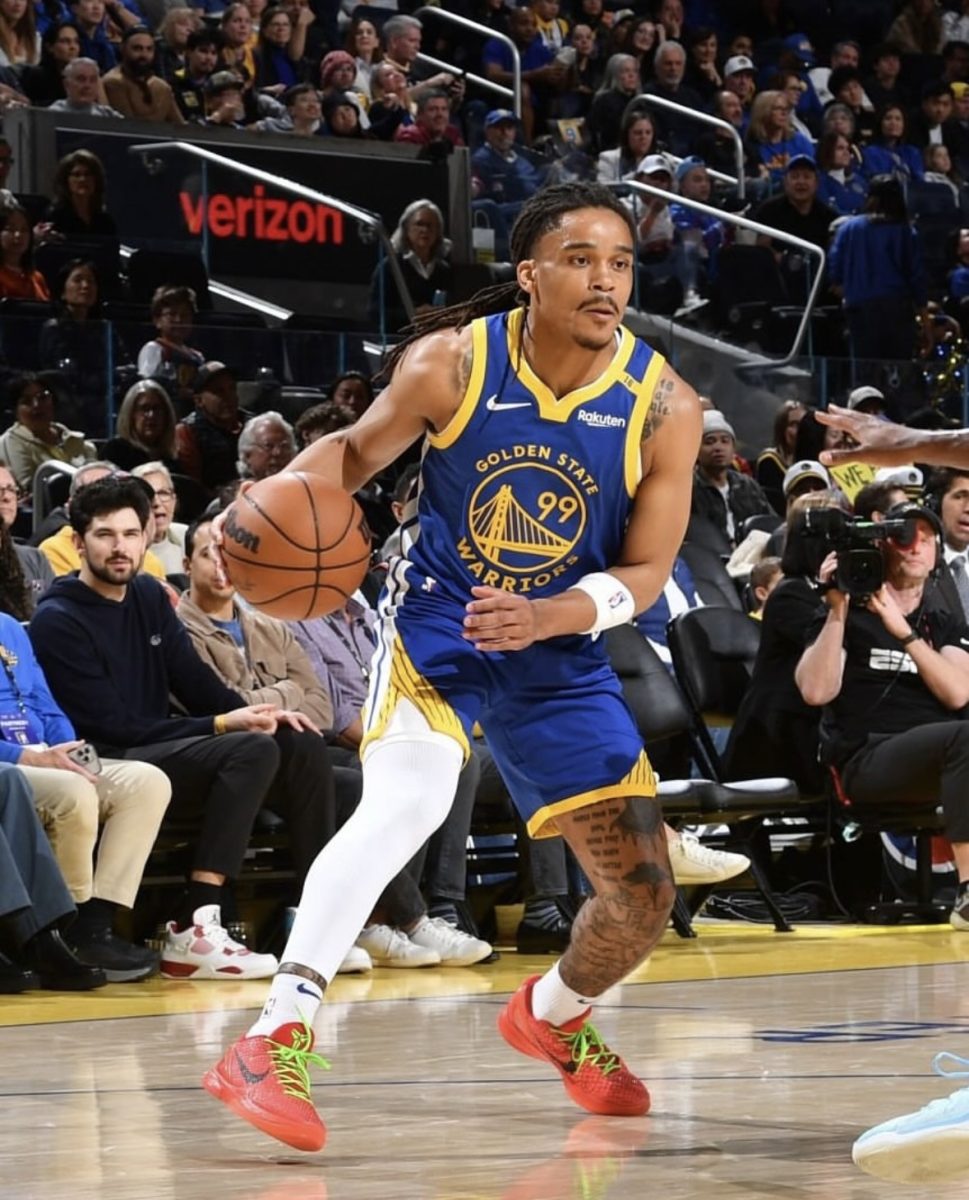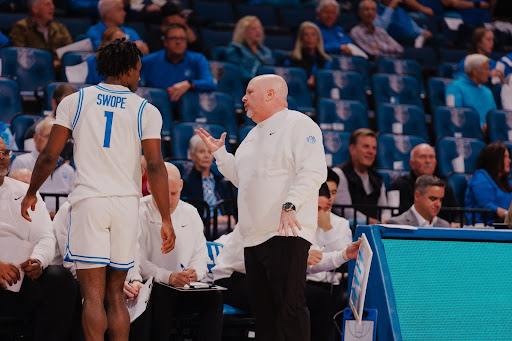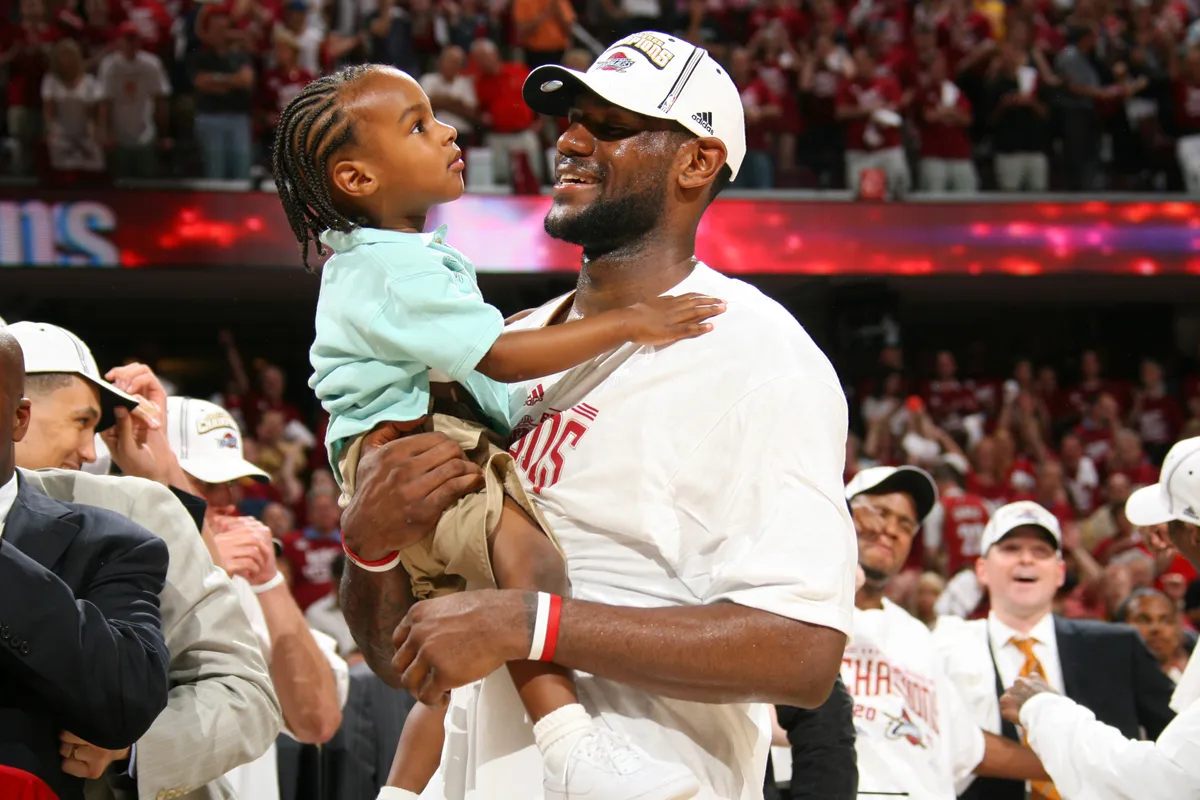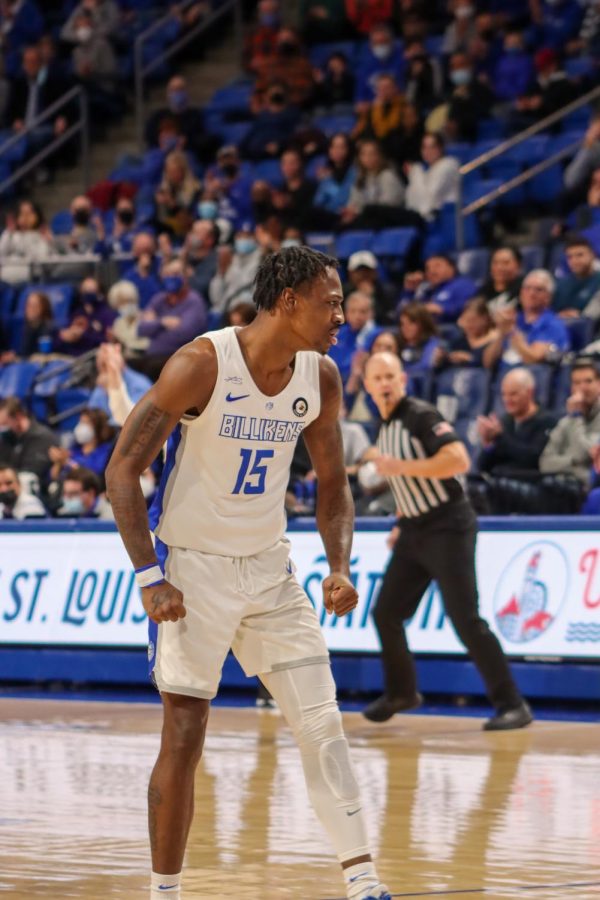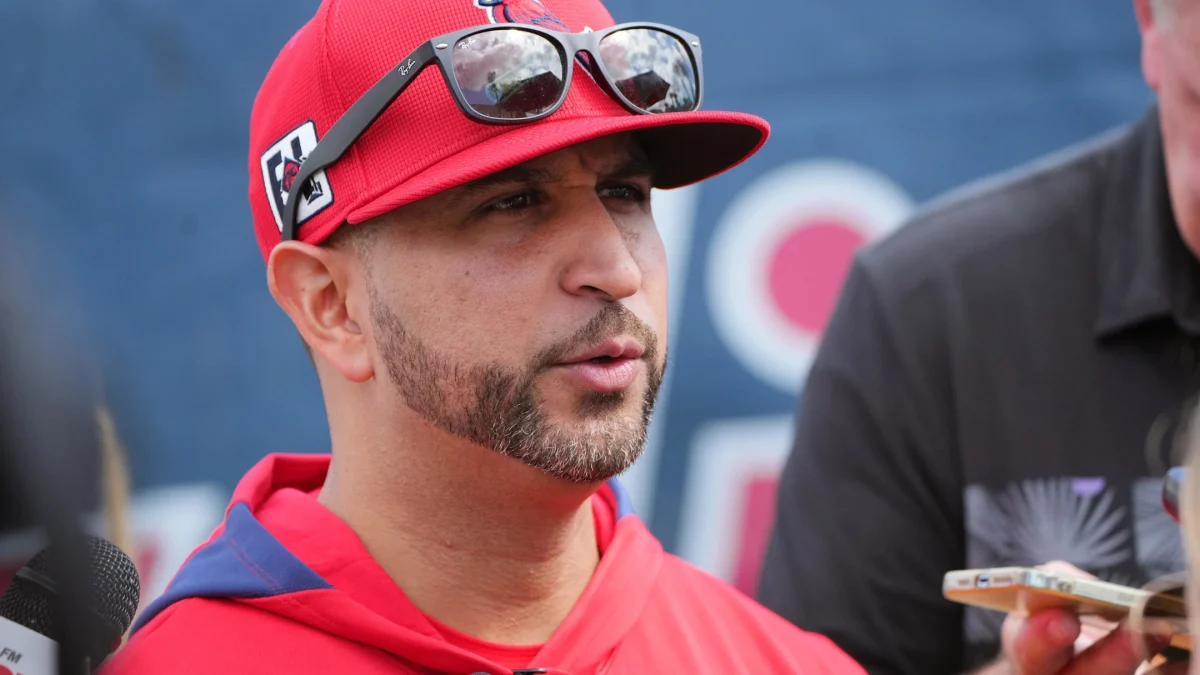If you have watched SportsCenter, you have undoubtedly heard about how the Big East is the “deepest” or “most talented conference in the nation” when it comes to college basketball. This was true last year when the 2010-11 men’s college basketball season was capped off with the Connecticut Huskies winning the title.
This year, however, the winner of the big dance will not come from the Big East. As far as we are concerned, last year UConn only got by from riding the coattails of one player and taking a much-easier-than-usual path through the tournament.
The Big East is often said to be the best conference in basketball. However, seven of its nine NCAA tournament teams last year lost in the first or second round, and this year some of the better teams in the Big East had some very inexplicable non-conference losses. To win the championship, more often than not, a team needs to possess balance. They need a good mixture of personnel and schematics in order to take them far in the tournament. If a team is too one-dimensional, more often than not their opponent will exploit their weaknesses. For this argument, let us consider the three highest-ranked teams in the Big East: No. 2 Syracuse, No. 8 Georgetown and No. 10 Marquette.
The Marquette Golden Eagles, who just recently made their way into the top 10, have solid talent in guards Darius Johnson-Odom and Vander Blue and forward Jae Crowder. However, they have a very considerable lack of a post presence. They play a four-guard system similar to that of the Missouri Tigers and give up height for quickness and good perimeter play. The Tigers do a great job of making up for this with solid shooting. Marquette, on the other hand, does not possess that shooting ability. They certainly are not a bad shooting team and can get hot at times, but they do not have that consistent outside shooting to make up for their lack of post game. The Golden Eagles rank 308th of 345 teams in opponents’ offensive rebounding. This not only leads to extra shots for the opposing team, but it can also lead to significant foul trouble for Marquette, which will prove crucial down the stretch in tournament time.
The Georgetown Hoyas, praised for their tremendous defense, can cause significant problems for opposing attacks. Unfortunately, the Hoyas seem to have a similar problem to deal with. Georgetown has a somewhat stagnant offense and struggles at times to create shots. They play at a relatively slow pace, which can skew some of the numbers a bit, but the Hoyas, nonetheless, do not rank in the top 60 in the country in scoring, rebounding, assists or field goal percentage. They cannot rely on stopping everyone.
That leaves us with No. 2 Syracuse. The Orange have only one loss all season, and they have very conference good wins on the road. However, they have a few glaring weaknesses that could pose problems for them in March. Syracuse ranks 334th in the country in opponents’ offensive rebounding. The Orange have 7-footer Fab Melo and are also relatively tall throughout the rest of the lineup. Syracuse is famous for running a 2-3 zone on defense. Zones generally give up more offensive rebounds because defenders are not specifically assigned to anyone to box out on a rebound. Good teams will expose this in the tournament.
Some of the top teams in the Big East are tremendous in some aspects of the game, but they have significant weaknesses that might hold them back in the postseason, leaving the national championship completely up for grabs.




